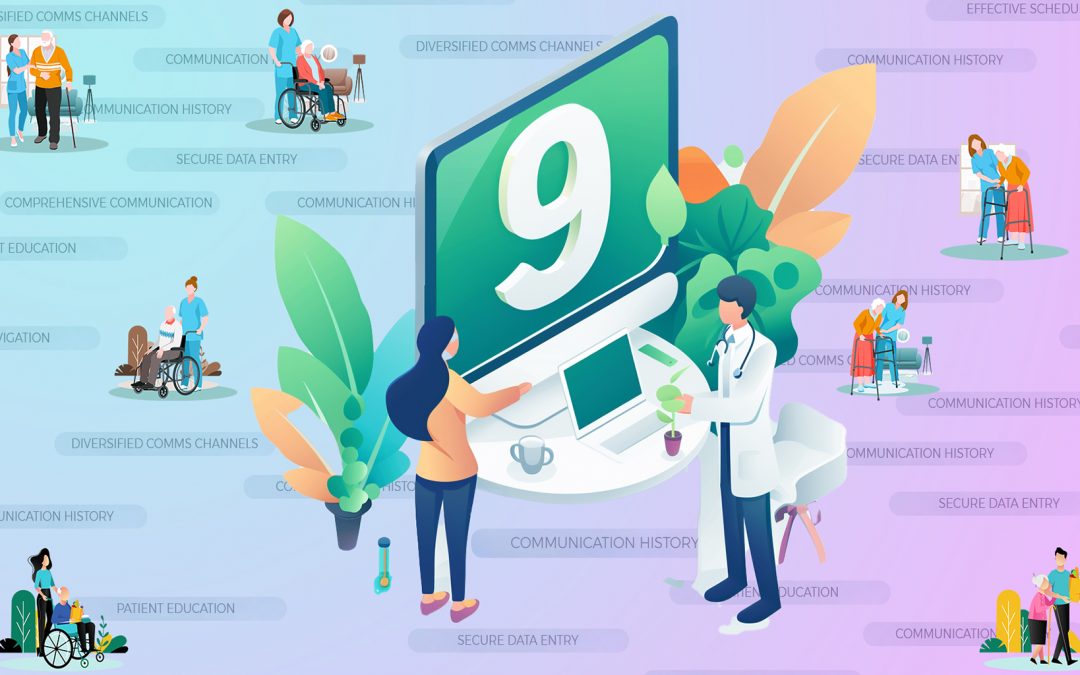According to Gallup, less than half of Americans are satisfied with the overall quality of US healthcare for the first time in two decades. 31% state it is “only fair,” while a record-breaking 21% call it “poor.” The reasons for declining patient satisfaction vary, but that doesn’t mean healthcare organizations can’t make improvements. One way to do this is through better communication and real-time data. To help you understand how to improve your facility’s patient satisfaction using collaborative tools and real-time communication platforms, consider the following guide.
What is Patient Satisfaction?
Patient satisfaction in the healthcare industry measures how well a patient’s expectations regarding their experience are met. It encompasses the quality of care received, the efficiency of service, and the degree of comfort and support patients feel throughout their interactions with healthcare providers. Although some healthcare systems may not prioritize patient satisfaction, doing so carries many benefits. It can increase patient retention, improve health outcomes, and help you become a more trusted healthcare brand.
Patient satisfaction isn’t just about the clinical outcome but the entire journey—from appointment scheduling to follow-up care. Real-time communication is critical in shaping this journey, allowing patients to feel heard, supported, and informed.
How Can Real-Time Communication Improve Patient Satisfaction?
One of the most effective ways to increase patient satisfaction and support better health outcomes is to improve communication. Proactive communication can help engage patients while providing them with all the information they need to understand a diagnosis and take the next steps. Some additional benefits of good communication in healthcare settings include:
- Enhances accessibility and convenience of healthcare services
- Easier scheduling and follow-up
- More personalized communication based on patient needs
- Real-time feedback and care
- Stronger patient engagement
- Enhances transparency and trust between patients and healthcare staff
- More proactive patient experiences
- Streamlines administrative processes
- Provides an outlet for feedback collection to identify areas for improvement
- Helps improve patient safety
9 Tips to Boost Patient Satisfaction With Effective Communication
Enhancing the patient experience starts with improving overall communication in healthcare settings. Real-time communication tools like secure instant messaging, video calls, and secure patient portals allow for faster responses and more efficient care coordination, but how can you implement best practices in your facility? The following tips can help you make informed decisions on patient satisfaction levels and how to improve them.
1. Develop a Comprehensive Patient Communication Plan
The first step is to develop a well-structured communication strategy prioritizing patient and staff experience. This should address each step of the patient’s interaction with the healthcare system, from the first point of contact to post-treatment follow-ups. Key components of a comprehensive communication plan include:
- Personalized messaging: Tailoring communication to each patient’s individual needs and preferences.
- Clear information delivery: Making sure that every communication—whether it’s about treatment plans, test results, or administrative tasks—is easy to understand.
- Multiple touchpoints: Ensuring clear communication protocols at every critical stage of the patient’s journey.
- Proactive outreach: Providers should not wait for patients to ask questions; instead, they should anticipate needs and offer timely updates and reminders.
2. Improve Patient Navigation
Navigating the healthcare system can be confusing and overwhelming, especially for patients with complex care needs. Improving patient navigation to simplify digital communication is essential for continuous improvement and care. Some ways that you can achieve this include:
- Clear directions and instructions: Providing detailed, step-by-step information reduces confusion and anxiety, whether it’s about appointment locations, preparation for procedures, or insurance details.
- Concierge services or digital assistants: Implementing patient navigators—either in person or through automated systems—can help patients navigate the healthcare system and get answers to their questions quickly.
- Real-time support: Offering real-time chat or phone support for patients as they move through appointments, tests, and procedures can provide immediate relief to those feeling lost or unsure.
3. Diversify Communication Channels
Each digital patient has unique preferences. Some like to talk on the phone, while others communicate best through text or SMS. Providing diversified communication options that adhere to different patient preferences is a great way to improve satisfaction scores within your facility. Doing so helps improve accessibility and ensures no patient feels excluded or underserved. Some options to help diversify your communication channels include telehealth platforms, text messaging, patient portals, and even newsletters.
4. Implement a Secure Data Entry System
Regardless of the channel, every patient communication strategy must be secure and HIPAA-compliant. The security of patient health data is crucial to real-time communication without risking data breaches or loss. Plus, ensuring that data entry systems adhere to privacy regulations and keep patient information secure will enhance trust and protect organizations from costly legal repercussions.
Real-time updates can also help prevent delays in care and ensure that providers are working with the most accurate information. When paired with patient portals that allow individuals to access their health information, you can increase transparency, reduce the risk of errors, and enjoy more positive patient outcomes.
5. Offer Easy Appointment Scheduling
Another leading factor in poor patient satisfaction is frustration regarding scheduling. Lengthy or complicated appointment scheduling processes can irritate patients and lead to missed visits, which impacts their overall care experience and potential health outcomes.
Simplifying the process with real-time scheduling tools can significantly enhance satisfaction. Allowing patients to view real-time availability and book or reschedule appointments at their convenience can make a huge difference in engagement and adherence to follow-up care. When paired with appointment reminders, you can reduce no-shows and make individuals feel more involved with their care.
6. Support Patient Engagement with Personalized Programs
Providing personalized communication and health programs tailored to individual patients’ needs fosters engagement and makes patients feel more connected to their care. This level of personalization goes beyond generic advice and speaks directly to the patient’s specific health concerns. Whether you send personalized health reminders or offer digital care plans that can be adjusted in real-time, patients tend to appreciate it when they feel valued as an individual.
7. Enhance Patient Care with Education
Although it might not seem like a direct part of communication, patient education is vital to ensuring informed decision-making and building confidence in care. Providing educational resources through real-time communication tools can help patients easily access the information they need to understand their health. Some educational resources could include videos, articles, or interactive content based on their diagnoses, treatments, and health maintenance. You can also set up a telehealth appointment or secure messaging to discuss patients’ questions or concerns without needing them to travel to your facility.
8. Maintain Patient Communication Logs
Keeping detailed logs of patient communication ensures no information is lost and care is always coordinated and consistent. This builds trust and ensures that the patient’s experience remains smooth and seamless. Best practices for maintaining patient communication logs include:
- Documenting all interactions: Whether it’s a follow-up call, an email exchange, or a video consultation, logging each interaction ensures that all team members are on the same page.
- Sharing logs across departments: Ensuring that different care providers have access to the same communication history can prevent mistakes and enhance continuity of care.
- Using communication logs for quality improvement: Reviewing patient communication logs regularly can highlight patterns and areas for improvement, leading to better service delivery.
9. Gather Patient Feedback
Finally, one of the most effective communication techniques is gathering feedback and identifying areas for improvement. Reach out to patients after visits to ask for feedback on the care they received and suggestions for improvement. You could also send short, targeted surveys immediately after appointments to capture the patient’s experience while it’s still fresh. Analyzing patient feedback lets you see which parts of your communication strategy work and where improvements are still needed.
Buzz is a HIPAA-secure platform that simplifies real-time, on-the-go communications between healthcare providers and patients. It supports commonly used communication modalities between healthcare professionals, including texts, dictation, private calls, audio, images, reports, and video sharing. By consolidating these features into a single platform, Buzz eliminates the need for multiple communication tools, reducing confusion and burnout and enabling healthcare teams to focus on delivering exceptional patient care.
Learn more about Buzz features or contact us to see why Buzz is the most feature rich, easiest to adopt and easy on your budget with pricing equal to a cup of coffee!

